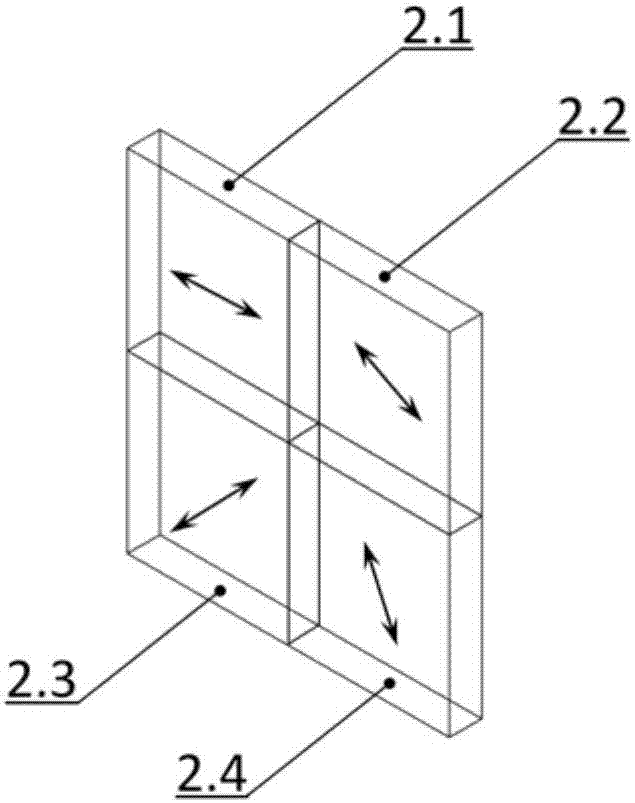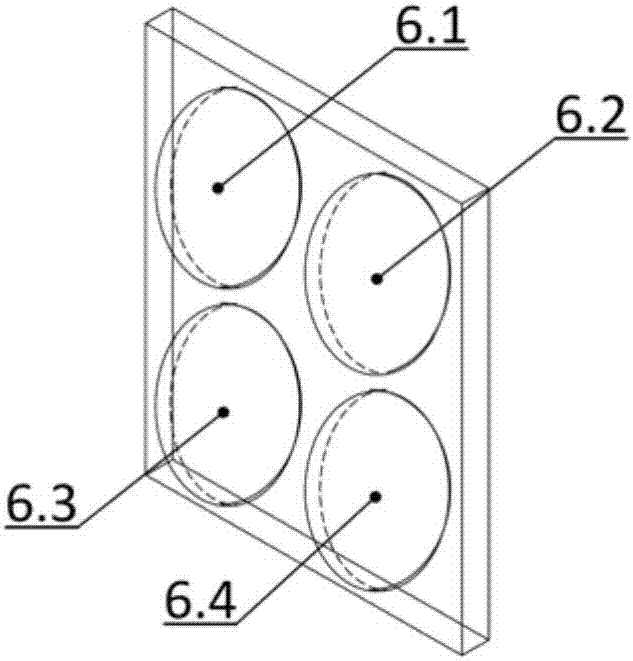Image, spectrum and polarization state integration acquisition device and detection method
A technology for acquiring device and polarization state, applied in the field of imaging, can solve the problems of inability to remove by filtering algorithm, crosstalk phenomenon, affecting restored spectral resolution, etc. The effect of low noise ratio
- Summary
- Abstract
- Description
- Claims
- Application Information
AI Technical Summary
Problems solved by technology
Method used
Image
Examples
Embodiment Construction
[0041] The present invention will be described in further detail below in conjunction with the accompanying drawings:
[0042] See figure 1 , The integrated acquisition device for image, spectrum, and polarization state of the present invention is provided with a front telephoto system 1, achromatic in sequence along the main optical axis of the incident light Wave plate array 2, polarizer 3, Savart polarizer 4, analyzer 5, imaging lens array 6 and CCD detector 7; construct an xyz coordinate system, the main optical axis of the incident light is the Z axis, and the xyz coordinate system satisfies the right hand Rule.
[0043] Such as figure 2 , Achromatic The wave plate array 2 includes the first achromatic Wave plate 21, second achromatic Wave plate 22, third achromatic Wave plate 23 and fourth achromatic Wave plate 24, first achromatic Fast axis direction of wave plate 21, second achromatic Fast axis direction of wave plate 22, third achromatic The fast axis direction o...
PUM
 Login to View More
Login to View More Abstract
Description
Claims
Application Information
 Login to View More
Login to View More - R&D
- Intellectual Property
- Life Sciences
- Materials
- Tech Scout
- Unparalleled Data Quality
- Higher Quality Content
- 60% Fewer Hallucinations
Browse by: Latest US Patents, China's latest patents, Technical Efficacy Thesaurus, Application Domain, Technology Topic, Popular Technical Reports.
© 2025 PatSnap. All rights reserved.Legal|Privacy policy|Modern Slavery Act Transparency Statement|Sitemap|About US| Contact US: help@patsnap.com



